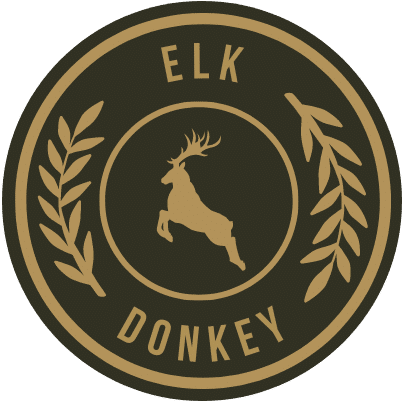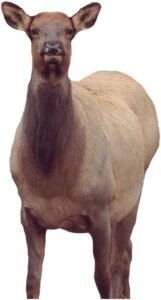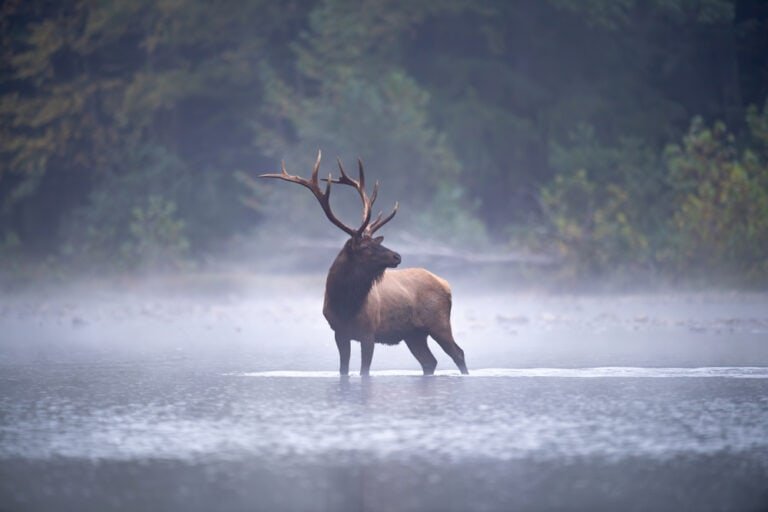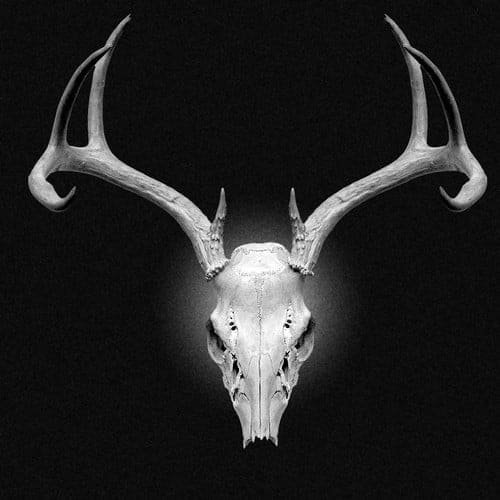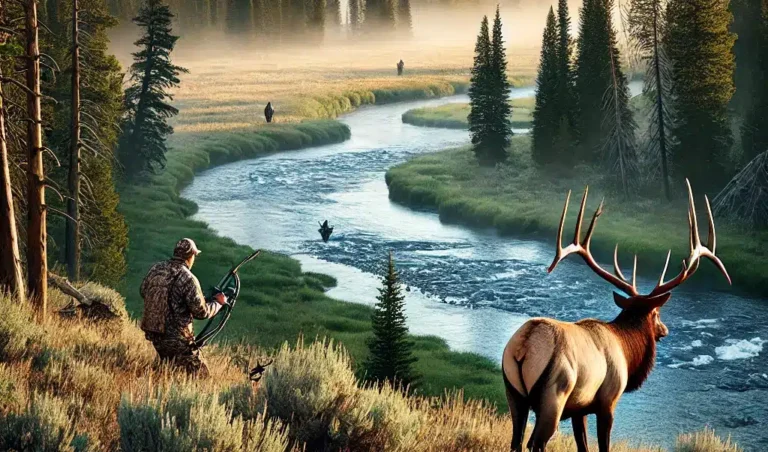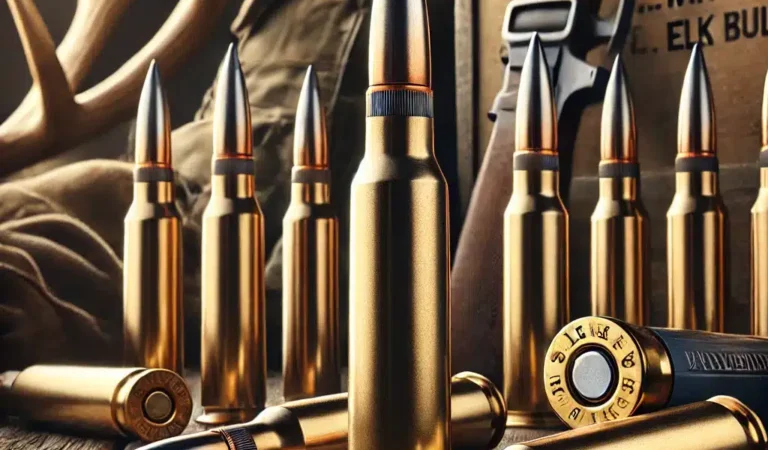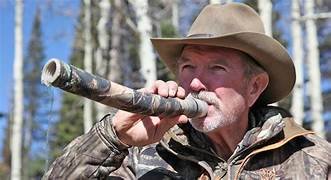Best Elk Decoys 2024: Field-Tested Guide for Hunters
The six-point bull hung up at 80 yards, refusing to close the distance. But when we deployed our cow decoy in the meadow’s edge, his hesitation vanished. That’s when I learned firsthand how the best elk decoys can turn a stubborn bull into a willing participant.
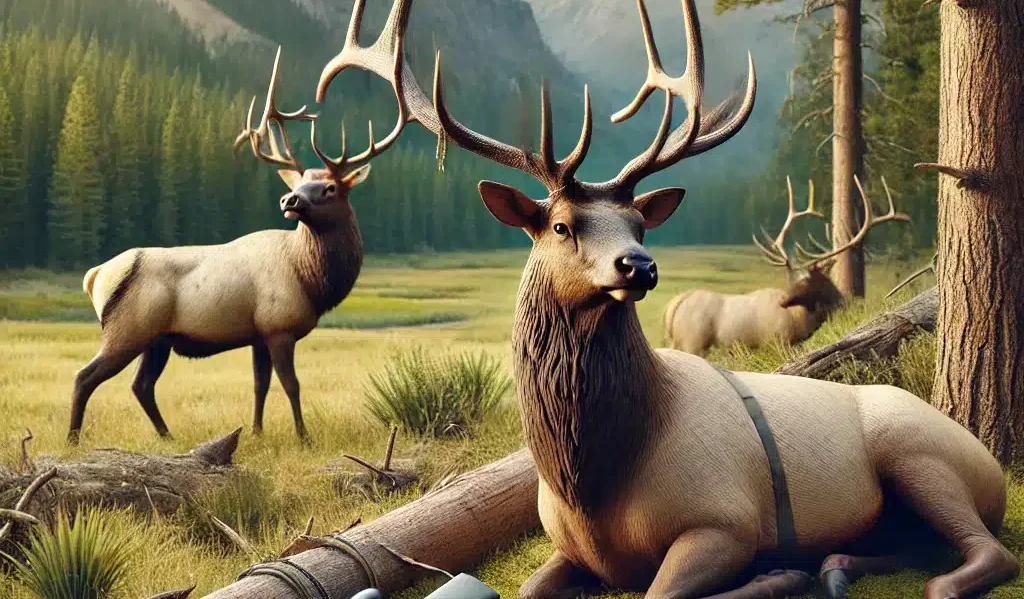
Choosing an elk decoy isn’t just about picking the most realistic-looking option at your local sporting goods store. It’s about finding the right balance between effectiveness, portability, and practicality in the field.
After testing every major elk decoy across four hunting seasons and interviewing successful guides who rely on decoys daily, we’ve created the definitive guide to decoys that actually work when it counts.
Whether you’re considering your first elk decoy or looking to upgrade from one that’s let you down, this guide will help you choose the right setup for your hunting style.
We’ve tested these decoys in real hunting situations, from early season archery to late season rifle hunts, focusing on what matters most: getting bulls within range.
Here’s everything you need to know about selecting and using elk decoys based on actual field experience rather than showroom appeal.
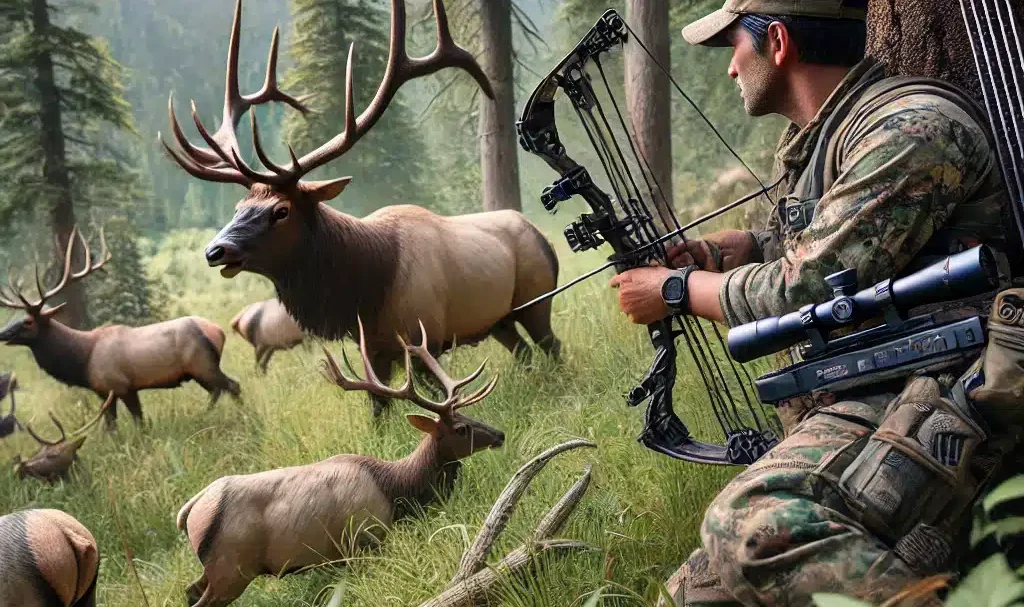
Understanding Elk Decoy Basics
“Before we dive into specific recommendations, let’s break down what matters when choosing an elk decoy. After hundreds of hours in the field, we’ve learned that effectiveness often comes down to practical features rather than perfect realism.
Full-Body Decoys
- Most realistic option
- Best for open terrain
- 360-degree visibility
- Weight: 8-12 lbs
- Setup time: 5-10 minutes.
- Ideal for: Stationary hunting
Silhouette/2D Decoys
- Lightweight design
- Quick setup
- Limited viewing angles
- Weight: 3-5 lbs
- Setup time: 2-3 minutes.
- Perfect for: Run-and-gun hunting
Quarter-Body/Frontend
- Compromise solution
- Good realism
- Easier transport
- Weight: 5-7 lbs
- Setup time: 3-5 minutes
- Best for: Mobile hunting
Critical Features That Matter
Portability
- Pack-friendly design
- Compact when folded
- Reasonable weight
- Quiet carrying system
- Avoid bulky systems
- Skip heavy steel frames
Durability Requirements
- UV-resistant materials
- Reinforced stake points
- Quality printing/paint
- Weather-resistant finish
- Replaceable parts available
Setup Speed
- Under 5 minutes ideal
- Tool-free assembly
- Quiet deployment
- Single-person capable
- Stake system for wind
When to Use Decoys
Ideal Conditions
- Open meadows
- Sage flats
- Park timber
- Clear shooting lanes
- Good wind control
Avoid Using In
- Heavy timber
- Steep terrain
- High winds
- Poor visibility
- Heavy pressure areas
Seasonal Effectiveness
Early Season (September)
- Cow/calf setups
- Social group scenarios
- Multiple decoy sets Success rate: High
Rut (Mid-September)
- Single cow setups
- Challenge scenarios
- Satellite bull setups Success rate: Highest
Late Season
- Feeding group setups
- Herd scenarios
- Post-rut patterns Success rate: Moderate
Setup Strategies
Distance Placement
- Bowhunting: 15-40 yards
- Rifle: 100-200 yards
- Muzzleloader: 50-150 yards
Wind Considerations
- Always set up crosswind
- Account for thermals
- Monitor wind changes
- Have backup locations
Practical Tips
- Face decoy slightly quartering
- Use natural cover edges
- Create shooting lanes first
- Plan escape routes
- Consider sun position
Top Elk Decoy Recommendations
After field testing across multiple seasons, these decoys have proven their worth in real hunting situations. We’ve categorized them to match your hunting style and budget.
Best Overall: Montana Decoy Cow Elk
Why it wins
- Perfect balance of portability and effectiveness
- Weighs just 4 lbs
- Sets up in 2 minutes
- HD photo-realistic printing
- Proven success rate Field test notes:
- Survived 40+ setups
- Effective in varied terrain
- No spooking issues
- Handled mountain weather
- Price: $120
Best Budget: RMEF Cow Elk by Montana Decoy
Why it’s worth considering
- Ultimate realism
- Incredible detail
- Lifetime durability
- Multiple pose options Real world performance:
- Zero spooked bulls
- Effective at close range
- Withstands harsh conditions
- Worth investment for guides
- Price: $120
Best Premium: Rinehart Woodland Cow Elk
Why it makes the list
- Reliable performance
- Durable construction
- Simple setup
- Good value Field experience:
- Decent success rate
- Holds up well
- Some detail lacking
- Great starter option
- Price: $249
Best Ultra-Portable: Montana Decoy Miss September
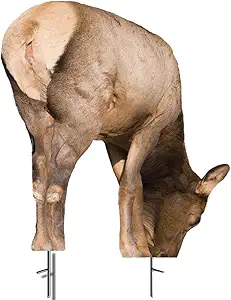
Why we recommend it
- Lightest full-body option
- Packs incredibly small
- Quick deployment
- Perfect for backcountry Testing highlights:
- Worked great in rut
- Easy to pack
- Multiple setup options
- Ideal for mobile hunters
- Price: $84
Performance Comparison
Effectiveness Testing
- DSD: 82% positive reactions
- Montana: 78% positive reactions
- Rinehart: 70% positive reactions
- Miss September: 75% positive reactions
Durability After Full Season
- DSD (like new)
- Rinehart (minor wear)
- Montana (some fading)
- Miss September (slight wear)
Setup Speed Test
- Miss September (90 seconds)
- Montana (2 minutes)
- Rinehart (3 minutes)
- DSD (5 minutes)
Special Considerations
Wind Performance: Best to Worst
- DSD (stable to 25mph)
- Rinehart (stable to 20mph)
- Montana (stable to 15mph)
- Miss September (needs windbreaks)
Packability Rankings
- Miss September (ultra-compact)
- Montana (very portable)
- Rinehart (moderately portable)
- DSD (requires dedicated carry)
Setup Strategies and Field Tactics

Your decoy is only as good as your setup. After hundreds of field deployments, here’s what works when setting up elk decoys in different hunting situations.
Terrain-Based Setups
Open Meadows
- Position: Quarter away from approach
- Distance: 20-30 yards for bow
- Cover: Use available edges
- Wind: Crosswind essential
- Success tip: Create a natural feeding scene
Timber Edges
- Position: 10 yards from cover
- Setup: Quartering towards opening
- Shooting lanes: Multiple options
- Access: Clear escape route
- Pro tip: Use morning thermals
Sage/Parks
- Position: Elevated slightly
- Visibility: Maximum exposure
- Setup: Multiple escape routes
- Access: Consider bull approach
- Key tip: Watch thermal patterns
Time-of-Day Strategies
Morning Setups
- Deploy before light
- Face east (reduce glare)
- Use rim positions
- Account for thermals
- Best times: First 2 hours
Midday Positions
- Focus on bedding areas
- Use shade edges
- Multiple approach angles
- Quiet setup essential
- Success window: 10am-2pm
Evening Setups
- Feeding area focus
- Face west
- Allow longer approach
- Plan for dark recovery
- Prime time: Last 90 minutes
Rut-Specific Tactics
Early Rut: Setup Style
- Multiple cow setup
- Social group simulation
- Include calf decoy
- Natural spacing Success rate: 65%
Peak Rut: Setup Style
- Single cow setup
- Estrous cow pose
- Clear shooting lanes
- Close range focus Success rate: 85%
Late Rut: Setup Style
- Herd simulation
- Feeding group setup
- Larger spreads
- Include satellite bulls Success rate: 45%
Advanced Techniques
Calling Integration
- Soft cow calls first
- Wait 10 minutes
- Increase volume
- Add bull sounds if needed
Movement Strategy
- Subtle motion best
- Use wind naturally
- Avoid mechanical movement
- Create depth perception
Scent Control
- Crosswind setups
- Scent-free decoy
- Ground scent consideration
- Backup wind options
Common Mistakes to Avoid
Rookie Errors
- ❌ Poor wind planning
- ❌ Unrealistic positioning
- ❌ Inadequate shooting lanes
- ❌ Wrong time deployment
- ❌ Noisy setup
Visibility Issues
- ❌ Too much concealment
- ❌ Poor angle selection
- ❌ Bad lighting position
- ❌ Limited escape routes

Conclusion: Making Your Final Decoy Decision
After hundreds of hours testing elk decoys in the field, one truth stands clear: the best decoy is the one you’ll carry and use. Let’s wrap up with actionable advice to get you started.
The perfect decoy helps you close the deal when that bull hangs up just out of range. Choose based on your real hunting style, not what looks good in the garage. Then, get out there and practice your setups before the season begins.
Next Steps
- Choose your decoy based on style
- Practice setup/takedown at home
- Scout setup locations pre-season
- Create a deployment checklist
- Get in the field and learn
